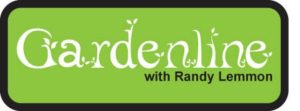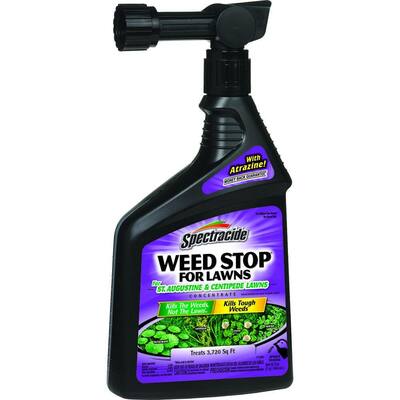Running thread of pre-emergent questions and answers. When answering questions or adding advice please consider mentioning the following.
There are two main resources that I have seen mentioned here. For the DFW and North Texas there is Neil Sperry.

http://neilsperry.com/2013/01/what-is-the-right-time-for-preemergents/
For those down in Houston, Randy Lemmon has a popular schedule.

http://www.randylemmon.com/lawns/gardenline-broadleaf.html <--- General tips link
http://www.randylemmon.com/lawns/fertilize.html <--- Pre emergent schedule link
http://www.randylemmon.com/pdf/randysfertilizationschedule.pdf <--- PDF of all schedules
- Where are you located?
- What type of grass do you have?
- What did you apply, how did you apply it, where did you acquire it?
- Did you have a preexisting weed problem?
- Which weeds were/are the problem and how did you remedy the issue?
There are two main resources that I have seen mentioned here. For the DFW and North Texas there is Neil Sperry.

http://neilsperry.com/2013/01/what-is-the-right-time-for-preemergents/
quote:
Spring application (primarily for crabgrass and grassburs): March 5 - 15. Halts or Dimension.
Second spring application (due to long growing season and possibility that crabgrass and grassburs could still germinate): June 5 - 15. There is no point in making this application if you did not make the first one. Halts or Dimension.
Fall application (primarily for cool-season grassy weeds such as annual bluegrass, rescuegrass and rye): September 1 - 10. Halts or Dimension.
Fall application (primarily for broadleafed weeds such as henbit, dandelions, clover and chickweed): September 1 - 10. Gallery. This treatment can be made the same day as the application for grassy weed prevention, but do them sequentially. Do not try to mix granules in your spreader.
Any time you intend to apply pre-emergent weedkillers and fertilizers at roughly the same time, apply the fertilizer first. Water it into the soil deeply. Wait a couple of days, then apply the pre-emergent granules and water lightly.
For those down in Houston, Randy Lemmon has a popular schedule.

http://www.randylemmon.com/lawns/gardenline-broadleaf.html <--- General tips link
http://www.randylemmon.com/lawns/fertilize.html <--- Pre emergent schedule link
http://www.randylemmon.com/pdf/randysfertilizationschedule.pdf <--- PDF of all schedules
quote:
Late October-Early November - Use two (2) different pre-emergent herbicides, to prevent the weeds that we experience in February and March. First is a pre-emergent with Portrait or Gallery for broadleaf weeds like clover. Second, use a pre-emergent with Amaze, Betasan, Balan or Treflan for grassy weeds like poa anna or annual bluegrass. There is also Barricade, Dimension or Pendimethlin as a 2-in-1 control.
February-March - Use the pre-emergent controls for grassy weeds again, to prevent such weeds as Crabgrass, Goosegrass and Dallisgrass from popping up late in the spring and summer. Again, use the grassy pre-emergent like Amaze, Betasan, Balan or Treflan. There is also Barricade, Dimension or Pendimethlin as a 2-in-1 control.
May-Early June - One more application of a grassy pre-emergent like Amaze, Betasan, Balan, or Treflan will keep fall weeds from invading from August on. There is also Barricade, Dimension-based or Pendimethlin as a 2-in-1 control.
WARNING: Some people will be tempted to use a weed-and-feed at this time, but if you've been following the GardenLine herbicide schedule, there should never be a need. However, spot weed-and-feed treatments are recommended for those with turf-only landscapes or landscapes that have been established for many years. Most weed-and-feeds contain Atrizine which burns roots of young trees and shrubs.








